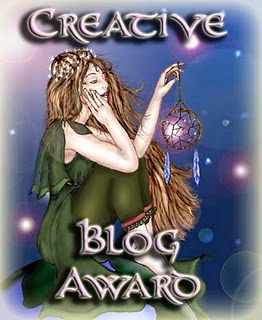 Celebrate with me the re-release of my Journeys series. Over the past year, I've dedicated myself to rewriting and enhancing my storytelling skills, incorporating AI and graphic design to achieve the vision I've always had for my children's books. A year ago, I was disappointed with the copies I received in the mail to give to a friend, realizing they didn't reflect my intentions. Since then, I've immersed myself in graphic design and have been inspired by a therapist's review, who uses The Adventures of Leaf in his office library to help children going through difficult times. Accompanied by my son, I arrived in Thailand, a country brimming with beauty and wonder, offering endless inspiration. As I prepare for the launch of my books, I've had the pleasure of writing beneath a palm tree, indulging in an abundance of coconut milk—a true local luxury. Thailand has imparted to me an education surpassing any I could have received in a classroom. The warmth and kindness of its people are unparalleled. For those curious about my adventures, updates are available on my Facebook page. Crafting engaging children's books that impart moral lessons is a delightful pursuit that merges fun with learning. The secret to thriving in this genre lies in striking an ideal balance between narrative and the intended moral message. By integrating moral lessons into the story's core, I craft tales that enchant young minds and profoundly influence their grasp of morality. An effective strategy is to design characters who grapple with predicaments or obstacles akin to those young readers may face, fostering connection through empathy and rendering the morals more pertinent and comprehensible.
Reading to my children was not just a bedtime ritual; it was a building block in their developmental journey. From the earliest age, when their world was a blur of colors and sounds, the act of reading aloud played a pivotal role in their cognitive, social, and emotional growth. It's an activity that, while seemingly simple, is steeped in benefits that extend far beyond the pages of any book.
Reading to my children introduced them to the complexities of language at an early age, helping to build their vocabulary and comprehension skills. It was a direct gateway to literacy, setting a solid foundation for academic success. Through stories, my children learned about concepts and worlds beyond their immediate experience, which fueled their imagination and curiosity. This early exposure to language and narrative structure also aided in developing their listening and concentration skills, which are crucial for learning in any setting. On a more personal level, the act of reading together fostered a deep emotional bond between us. It was a time for closeness and comfort, creating a shared experience that nurtured a love for reading. This ritual helped them feel more secure and understood, as they saw their feelings and experiences reflected in stories. Moreover, it introduced them to a wide range of emotions, helping them to better understand themselves and others. In a world where empathy and emotional intelligence are increasingly recognized as important skills, reading plays a key role in developing these qualities from a very young age. In essence, reading to my children was an investment in their future. It's a multifaceted tool that not only enhanced their academic abilities but also shaped them into empathetic, curious, and well-rounded individuals. By opening the door to the vast world of literature, I provided them with a lifelong resource for learning, imagination, and emotional resilience. Writing for Fun and Profit
Writing for both fun and profit can seem like a challenging endeavor, but it is entirely achievable with the right approach and mindset. The key is to strike a balance between your passion for writing and the practical aspects of making it a profitable venture. To write for fun, choose topics or genres that genuinely interest you. This could be anything from fantasy fiction, personal blogs, to poetry. Writing should be an outlet for your creativity and imagination, a process that brings you joy and satisfaction. When you write about what you love, your passion shines through, making your work more engaging and enjoyable for readers. Keeping a journal or a blog can be an excellent way to start. This not only hones your writing skills but also helps you identify the niches you enjoy the most. For profit, on the other hand, it's essential to understand the market and audience you're writing for. Researching trending topics, understanding SEO (Search Engine Optimization), and identifying platforms that pay for content can be great starting points. Freelancing websites, writing competitions, and pitching to magazines or websites related to your interests are practical ways to start earning. Additionally, self-publishing eBooks or starting a monetized blog in a specific niche can also be lucrative. Combining the two—writing for fun and profit—is about finding the intersection where your passions meet market demand. This might involve adapting your favorite writing styles to more marketable formats or exploring commercial opportunities in your preferred genres. Remember, consistency and perseverance are key. Continuously improving your craft, networking with other writers, and staying updated on market trends can greatly increase your chances of success. Writing for fun and profit is a journey of combining your love for writing with strategic planning and execution. Thanks for stopping by, |
Sign up today for freebies and fun. Grab your chance at signed copies of my paperbacks and free e-books.
For Kobo coupons click here or copy and paste the link into your browser.
http://www.therawfeed.com/stores/kobobooks-com |
Proudly powered by Weebly









 RSS Feed
RSS Feed

